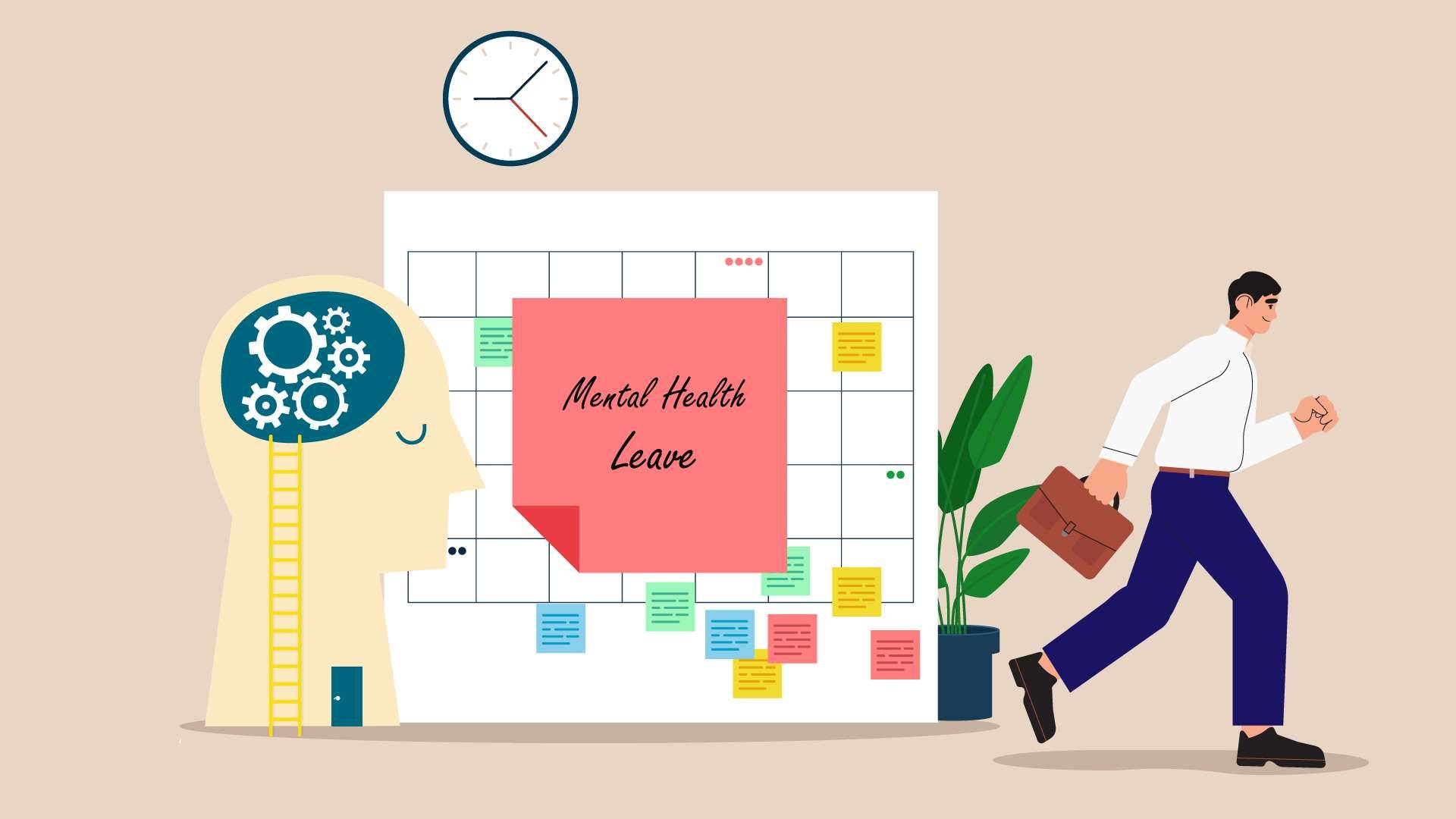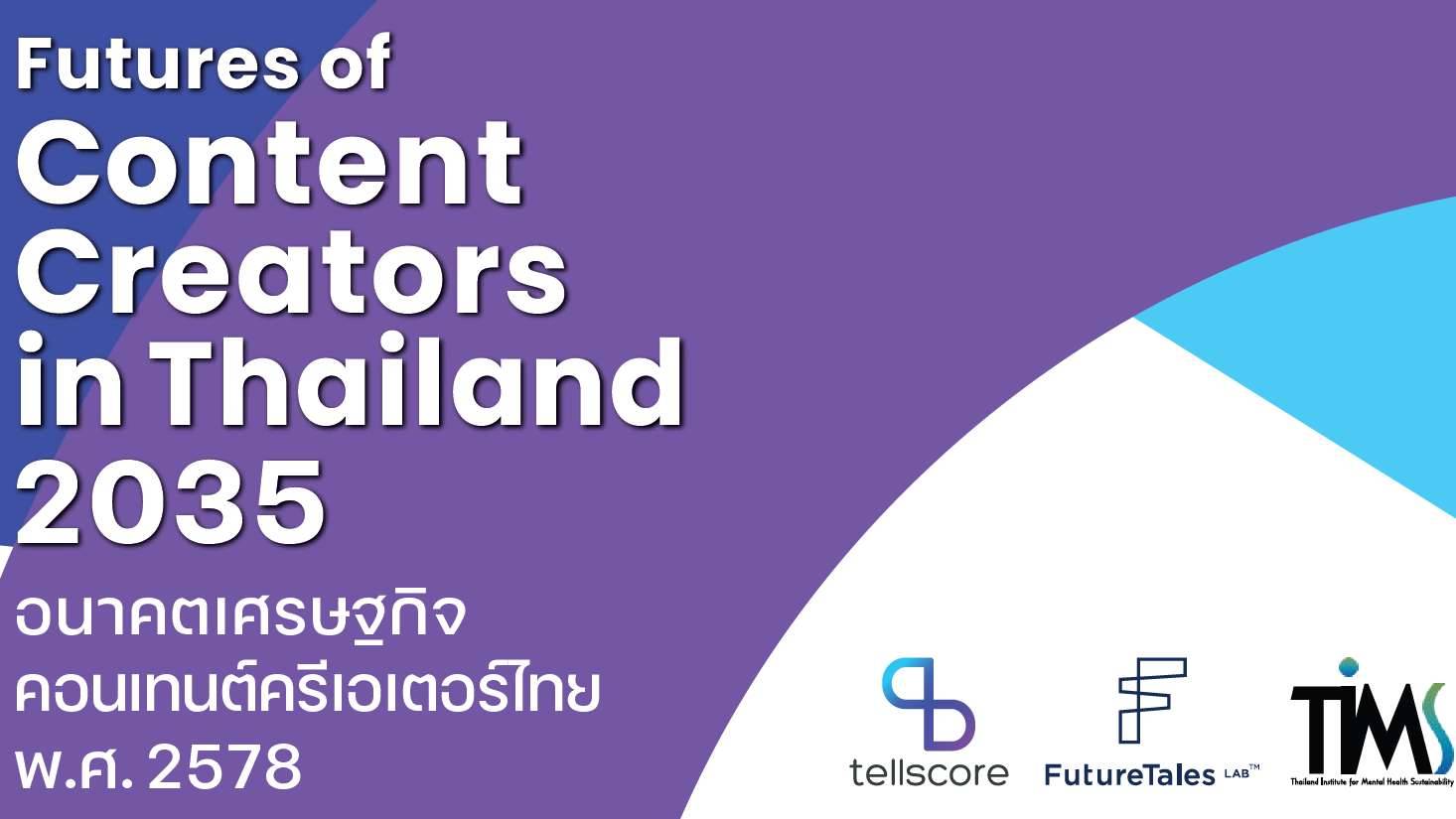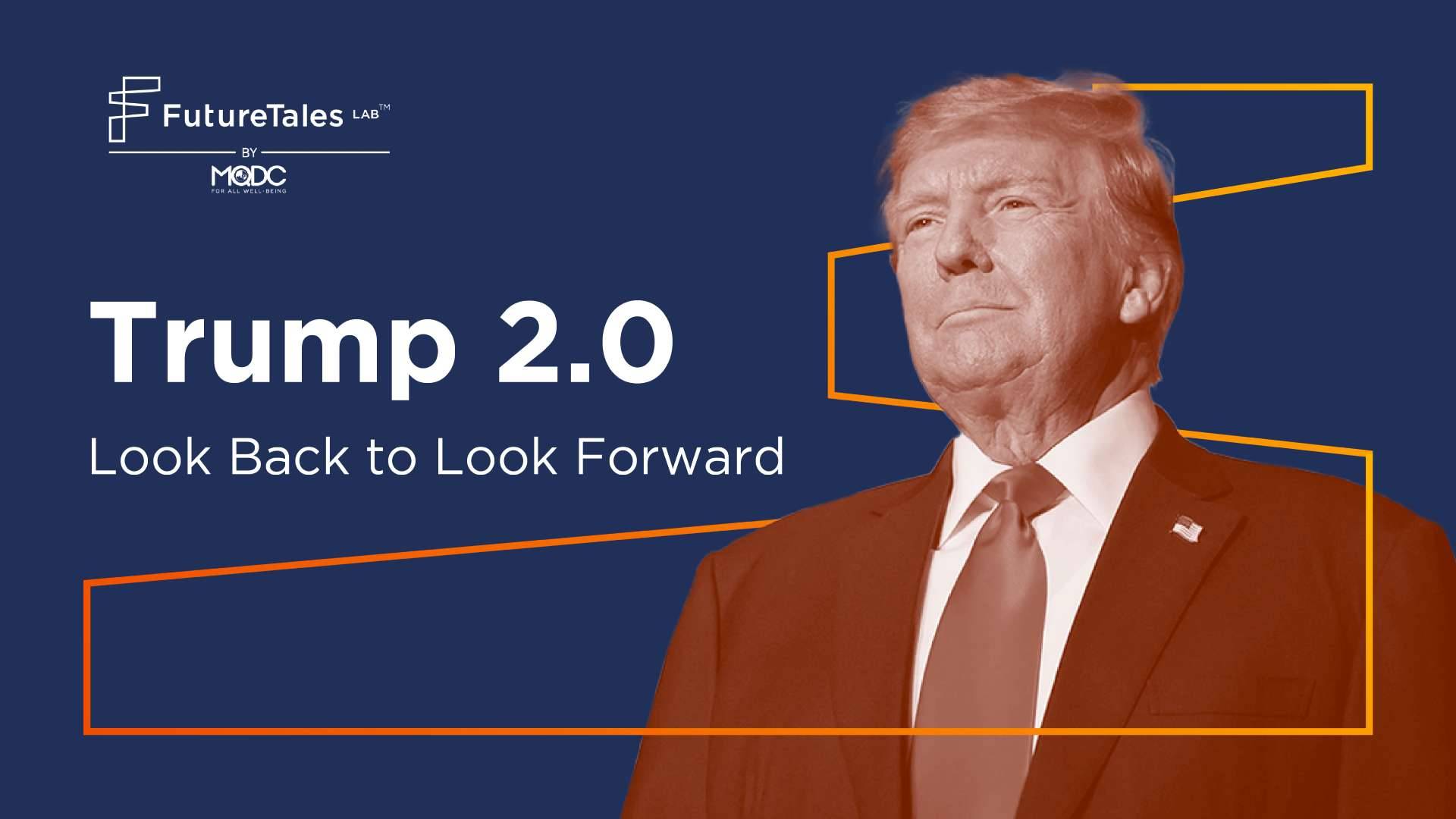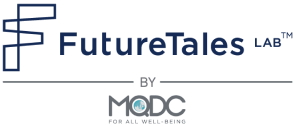
Humanizing Work Experience
ARTICLES | Dec 08, 2023
Imaging taking time off but not for holiday or illness…
Experience design and functionality matter a lot for organizations to get the results they want, with healthy, happy employees. Organizations should open space for staff to jointly define work-life balance. Policies and work systems should be consistent and set vacation days and employee work policies.
New forms of leave could appear, such as mental health leave, leave for natural disasters and the environment, gender reassignment leave, leave for pet funerals, leave for maternity, parental leave, based on an understanding of the various challenges in the lives of employees. Surveys show that 87% of employees believe that extra leave helps them improve their overall well-being. Organizations may also play a role in helping and providing compensation to employees in the event of adverse events, such as violence within the family.
Working day policy is another topic that has received a lot of attention around the world, such as working 4 instead of 5 days a week. Turning Wednesday into a mid-week holiday, for example, is in line with research from Stanford University that found employees who work overtime are less productive than employees who work regular hours. Currently, there are many countries such as Iceland, Sweden, Germany, that have begun to experiment with this idea and have seen rather positive results. Preliminary research in Iceland between 2015 and 2019 indicates that working 35-36 hours a week (instead of 40) has positive effects. A trial in the UK also found that 92% of organizations that trialed a 4-day workweek decided to make the practice permanent. A study of the 4-day workweek in New Zealand found no impact on productivity but higher job satisfaction, teamwork, life balance, and loyalty to the organization. Stress levels dropped from 45% to only 38%.
Many employees want more flexibility in their work. Managing work with non-linear workdays is another topic being widely discussed. It is about giving employees the freedom to work in terms of where they work and their hours. You may designate workdays as “blocks” instead of working 8 consecutive hours in one day. Employees who need to work together can arrange their work schedules together. But with solo jobs everyone can manage their own work as long as the work can be delivered as agreed. The survey found that 94% of skilled workers want flexibility in their work hours, more than in location (80%).
Important implications for the future:
- Management systems driven by data and technology will become increasingly important in managing employee schedules and time accordingly. You can track work progress and predict future production. This allows both the organization and employees to accurately estimate work time and costs.
- It is necessary to review the nature of work within the organization to see which types of work can be replaced by using automation and artificial intelligence to replace human labor. and promote learning, potential, and the transfer of human employees to other, more suitable jobs.
- Demonstrating open, empathetic communication skills and demonstrating leadership will become increasingly important in humanizing the work and personal life situations of team members so teams can manage their work efficiently while taking care of the overall well-being of the team members.
- Specifying “core work hours” or working hours within the team plays an important role in setting the work schedule of a team where each member is responsible for different tasks.
- Hybrid of everything work policy or freedom to choose where and when to work will become an important demand of high-potential workers in the future.
Read more: 10 Futures from Now to 2030 EP. 2 [Flexibility as Key] https://www.facebook.com/FutureTalesLABbyMQDC/posts/1397007507770786
Reference:
- The future of HR: From flux to flow https://assets.kpmg.com/content/dam/kpmg/xx/pdf/2022/11/the-future-of-hr-report.pdf
- 26 Employee Development Statistics You Need To Know In 2023 https://www.zavvy.io/blog/employee-development-statistics
- The Relationship Between Hours Worked and Productivity https://cs.stanford.edu/people/eroberts/cs201/projects/crunchmode/econ-hours-productivity.html











